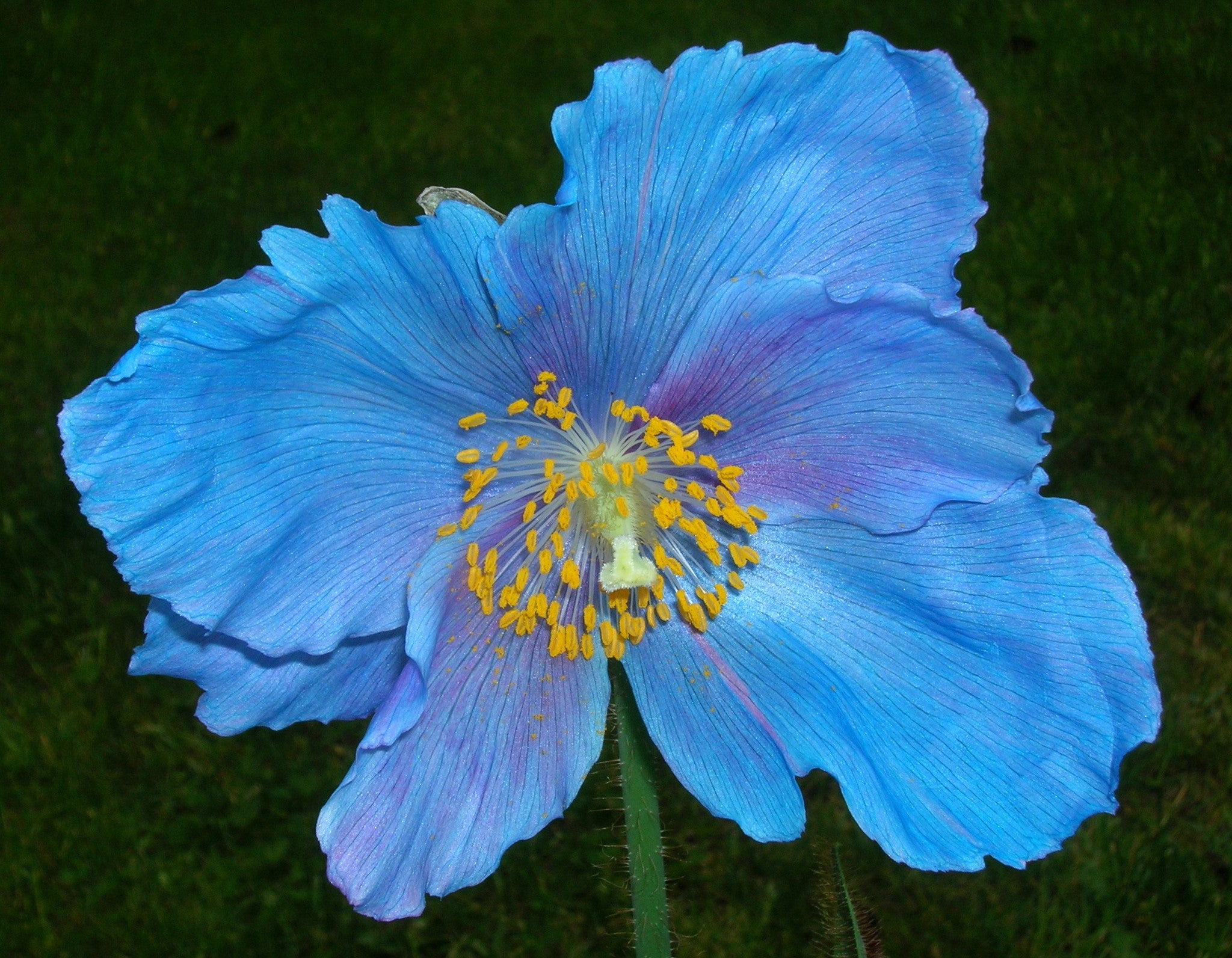Meconopsis (Fertile Blue Group) 'Lingholm'
Approx. 0.5 litre pot
About this cultivar:
Meconopsis (Fertile Blue Group) 'Lingholm' is a fertile form which is believed to have originated several decades ago from a sterile hybrid. It is now probably the second most frequently sold form of Meconopsis. Often found under a variety of erroneous names, including the cultivar name M. sheldonii (sterile) and the species name, M. grandis. M. 'Lingholm' flowers are sky-blue but larger than in similar M. betonicifolia.
- Position: Full sun, partial shade
- Soil: Almost any soil, grows well in Ballyrobert
- Flowers: April, May, June
- Other features: Woodland Plant, Dappled Shade or Full Shade Loving
- Hardiness: Fully hardy, grows well in Ballyrobert
- Habit: Clump forming
- Foliage: Deciduous
- Height: 60 - 90 cm (2 - 3 ft)
- Spread: 30 - 60 cm (1 - 2 ft)
- Time to full growth: 2 to 5 years
- Plant type: Herbaceous Perennial
- Colour: Green, blue
- Goes well with: Woodland, fern, hosta
About this genus:
Meconopsis is a genus of flowering plants in the poppy family (Papaveraceae). It was first described by French botanist Viguier in 1814 who named it as poppy-like (greek mekon = poppy, opsis = alike). The species have attractive flowers and have two distinct ranges. A single species, Meconopsis cambrica (Welsh poppy), is indigenous to England, Wales, Ireland, and the fringes of Western Europe, although recent studies suggest that it does not belong in the genus! The other 40 or so (depending on classification) species are found in the Himalayas. Within the Himalayan types there is much debate as to what constitutes a particular species as many readily hybridise with each other and produce viable seed. It is likely that some individually named species are in fact a single species but with an under-appreciated morphological diversity. So please don't complain if things are labelled 'wrong'!
Most of the Meconopsis we grow in our garden are the blue Himalayan types - but we do have a few others. Nearly all of them are in full to partial shade in soil that is not too dry or wet - which is pretty much the how they do best.






